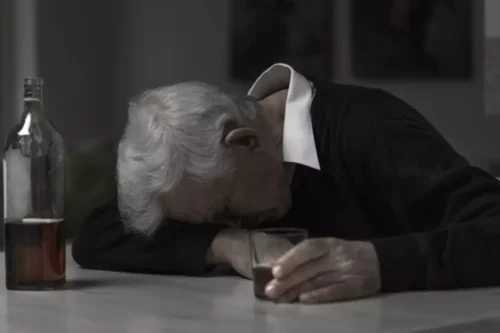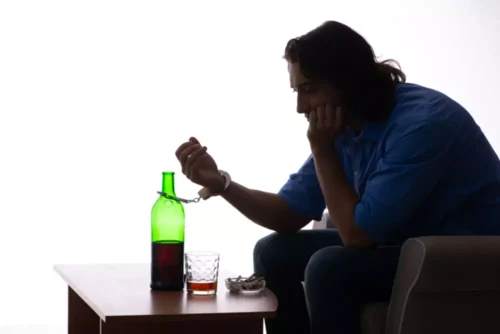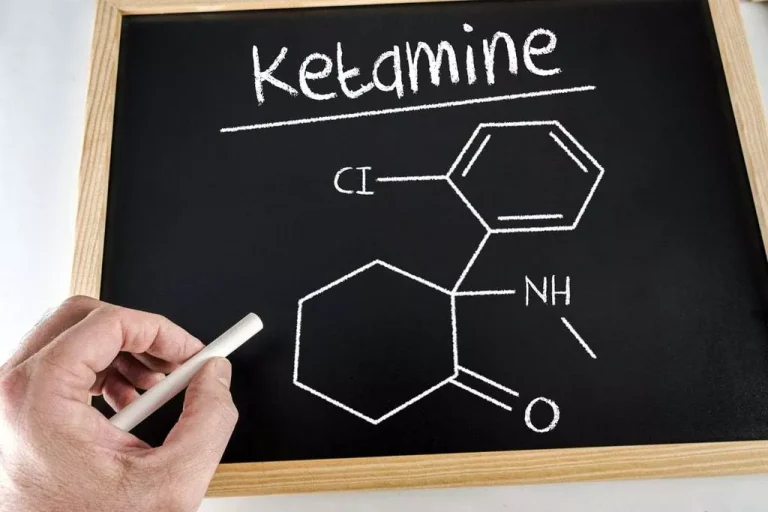What Alcohol Does To Your Face & Skin + How To Deal, From Derms
The incidence of melanoma has risen steadily over the past few decades.40 The incidence of melanoma is attributed to genetic and phenotypic characteristics and environmental exposure. “Alcohol triggers inflammation1, which may result in dilation of blood vessels in the face and subsequent flushing, which may become permanent if it happens repeatedly over long periods of time,” Marcus notes. Alcohol’s impact on the skin is not as straightforward as you might think.
Frequently Asked Questions About Effects of Alcohol On Skin

Inflammatory conditions such as plaque psoriasis and acne may become less severe or resolve altogether. If you quit drinking altogether, conditions exacerbated by frequent alcohol use are likely to improve. If you have rosacea, you’ll no longer have flare-ups caused by drinking. While no studies have directly linked alcohol cessation with reduced symptoms of psoriasis, anecdotal evidence suggests that it leads to improvement. Your body is an amazing regenerator and the negative effects of alcohol can be reversed if you act in good time.
Skin conditions affected or caused by alcohol
- Not to mention, you may wake up early post-drinking, even if you went to bed late, thanks to the imbalance in blood sugar.
- Addressing alcohol-related skin damage is possible, but it often requires a multi-pronged approach that may vary depending on the severity of the damage.
- It’s important to note that you can’t completely avoid the impact that drinking has on your skin.
- Ethanol, a by-product of alcohol metabolization, has been reported to vasodilate or expand blood vessels.
What goes in your drink, how you spend your night, and even how alcohol makes you feel all contribute to what happens to your skin and how it will look the morning after. Heavy drinking can make you more likely to get cellulitis, a bacterial skin infection that usually affects your lower legs. Up to 40% of northeastern Asians experience flushing and elevated heart rate after drinking even minimal amounts of alcohol, due to accumulation of acetaldehyde.

Long-term effects
- After 1–2 weeks, skin conditions related to dehydration start to improve.
- Listening to addiction recovery podcasts can provide inspiration, motivation, and a sense of community during your recovery journey.
- One of the earliest signs of alcohol abuse is a persistently red face due to enlarged blood vessels (telangiectasia).
- However, it is important to note that the consumption of wine should be moderate to reap the potential benefits while avoiding excessive alcohol intake.
- However, according to the American Academy of Dermatology Association, drinking alcohol can increase a person’s risk of developing it.
But if you choose to drink, reducing your intake, picking the right type of alcohol, and drinking plenty of water are the best places to start. Your nose might get red and stuffy or runny when you have a beer or a glass of wine. This allergy-like reaction usually happens https://ecosoberhouse.com/ within an hour of drinking. It’s common in people who also have asthma, sinus disease, or problems with aspirin and other nonsteroidal anti-inflammatory drugs (NSAIDs). Your doctor can help by slowly getting you used to aspirin, which should ease your symptoms.
- If you notice dullness or dryness, you may want to use a heavier moisturizer even during the day.
- Long-term alcohol consumption can trigger persistent skin issues like increased wrinkling, permanent loss of skin elasticity, and exacerbation of inflammatory skin conditions.
- Believe it or not, sleeping with two pillows in bed slightly propped up is one of the best ways to minimise eye and face puffiness.
It is crucial to strike a balance and prioritise hydration to maintain optimal skin health. Drinking plenty of water can help combat the dehydrating effects of alcohol and improve skin moisture levels. A balanced diet rich in vitamins and antioxidants can support skin repair and regeneration.

Unfortunately, if you’ve been drinking heavily for a long time, some damage may be irreversible. In this case, try to cut back on alcohol as much as you can to help your skin rebound. Because cocktails often contain a mixture of syrupy drinks and alcohol, they can be loaded with sugar—and all that extra sugar could mean inflammation, accelerated aging, and acne.
Like any type of alcohol, white wine is best enjoyed in moderation—especially if you want to keep your skin in tip-top shape. And although your favorite champagne may taste light, it likely contains a significant amount of sugar. Yet if your skin is sensitive for any reason, how alcohol affects your skin scan the ingredients label. “If your skin barrier is not intact due to irritation or a rash, then alcohol has the potential to be irritating. It’s going to burn [when applied], though that can be said for almost any product when skin is compromised,” she says.
Alcohol acts as a diuretic, causing the body to lose more water and salt than usual. This dehydration can lead to dry skin, sunken eyes, decreased elasticity, and dry lips. Additionally, alcohol can cause flushing, a condition characterised by the dilation of blood vessels under the skin, resulting in a flushed or inflamed complexion. While some alcohol skin damage may be relatively harmless, prolonged alcohol abuse can give rise to more serious skin complications, often intertwined with liver disease.